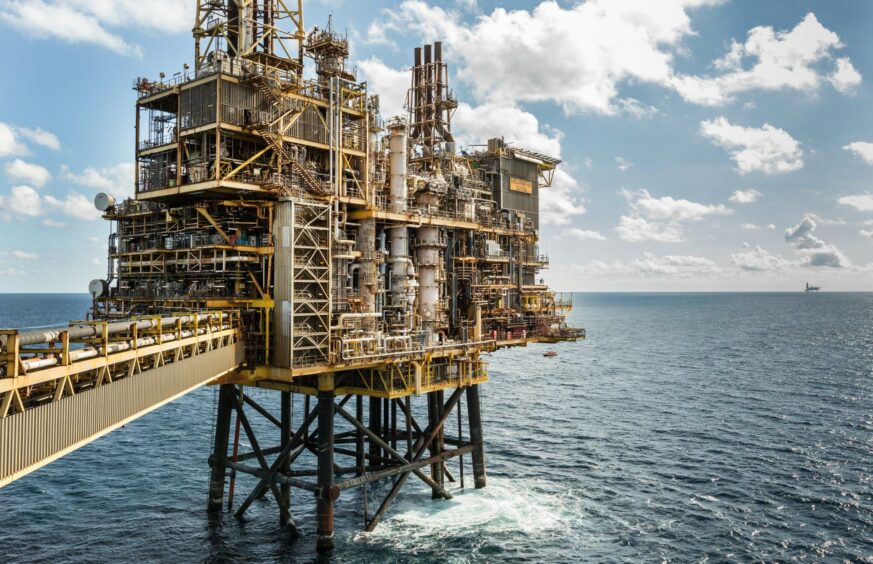
The UK’s safety regulator has issued a warning to Shell (LON:SHEL) over inadequate safety and risk management procedures on its North Sea Shearwater hub.
Inspectors from the Health and Safety Executive (HSE) issued the supermajor with an improvement notice in May, after they found safety case and risk assessment policies for the asset were either “not being followed or are not considered to be appropriate arrangements.”
The Shell-operated installation – which lies around 140 miles east of Aberdeen – remains one of the UK’s largest production hubs, handling around 17 million barrels last year.
During an April 2023 visit, inspectors found arrangements outlined in Shell’s Safety and Environmental Critical Elements (SECES) paperwork from 2021 were not being adhered to.
The notice says that Category B findings from Shell’s independent verification had not been assessed correctly, and that it had failed to show a sufficient assurance and audit trail as to why they had been discounted.
Auditing that was conducted is “not effective at picking up issues” inspectors said, and warned there is “no effective procedural loop” to make sure reassessment is carried out when significant changes occur.
It also found that mitigations, supporting procedures, residual risk and findings from risk assessments had not been clearly defined, and that approvals were not always been carried out in accordance with procedures for escalating reports.
The HSE records that it had found “similar issues” during another inspection of the installation in August 2022.
A spokesperson for Shell said: “An Improvement Notice was issued by the HSE in relation to the Shearwater platform and we are currently working to address the requirements.
“The health and safety of people, and the environment, remain our top priorities.”
The company has until 22 August comply with the notice.
The findings come in the same week that Energy Voice reported on serious issues flagged by the HSE across 15 North Sea platforms, amid warnings of a “shocking” maintenance backlog in the basin.
Shearwater to keep operating into next decade
The Shearwater field came on stream in 2000 and was developed utilising a production, utilities and quarters platform alongside a wellhead jacket.
Processing is via single train separation with first and second stage processing capabilities. Wet gas is exported via Fulmar Gas Line in to wider SEGAL system, while crude is routed via the Forties pipeline system.
Average annual peak production rates of 59,000 barrels of oil per day and 309 million cubic feet of gas were reached in 2004.
Production soon entered decline and the field was shut in just six years later due to a series of well failures. In 2015, output resumed once more through a successful re-development of the depleted reservoir.
In 2021 Shell took on BP’s 27.5% stake in the field, superseding an earlier deal agreed by the British oil major which would have seen the share offloaded to Tailwind Energy.
While output at the Shearwater field itself has dwindled, tie backs from new developments such as Serica’s Columbus field and Shell’s own Arran field have helped revitalise the hub.
And in light of the expected addition of Jackdaw in the coming years, analysts have suggested there will be sufficient throughput to keep operations going well into the next decade.
